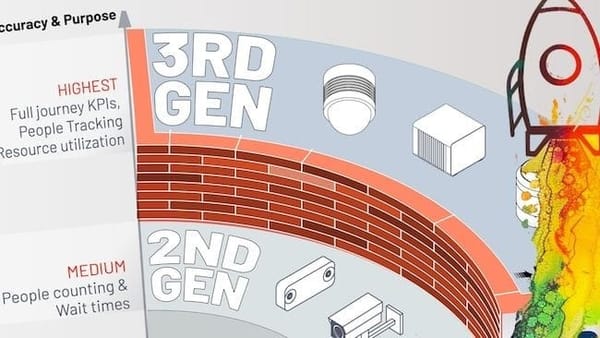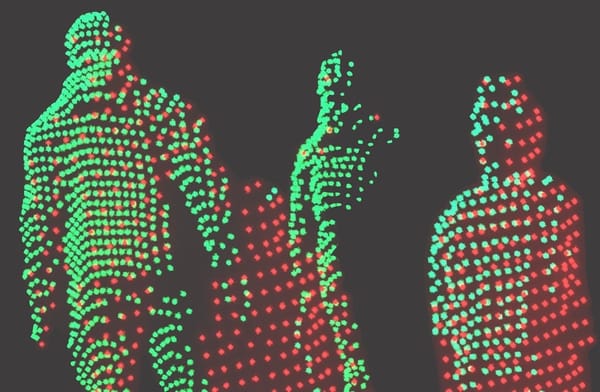Advancing Intelligent Transportation Systems with LiDAR Technology
LiDAR technology delivers precise real-time data, transforming intelligent transportation systems and enhancing urban mobility in smart cities.
Introduction
Intelligent Transportation Systems (ITS) are transforming how cities manage traffic, safety, and mobility. As urban areas grow more complex, the need for accurate, real-time data becomes critical. LiDAR technology has emerged as a key enabler for these systems by providing detailed 3D spatial information that supports smarter decision-making.

This article explores how LiDAR is shaping the future of smart city transportation networks through its unique capabilities and applications.
LiDAR’s Role in Modern ITS Deployments
LiDAR stands out among sensing technologies due to its ability to generate precise 3D representations of environments. For ITS applications, this means unparalleled accuracy in detecting vehicles, pedestrians, cyclists, and other objects—regardless of lighting or weather conditions.
By capturing millions of data points per second across intersections and roadways, LiDAR enables transportation authorities to:
- Detect near-miss incidents that may not trigger conventional alarms
- Classify vehicle types for better lane management
- Monitor pedestrian crossings with centimeter-level precision
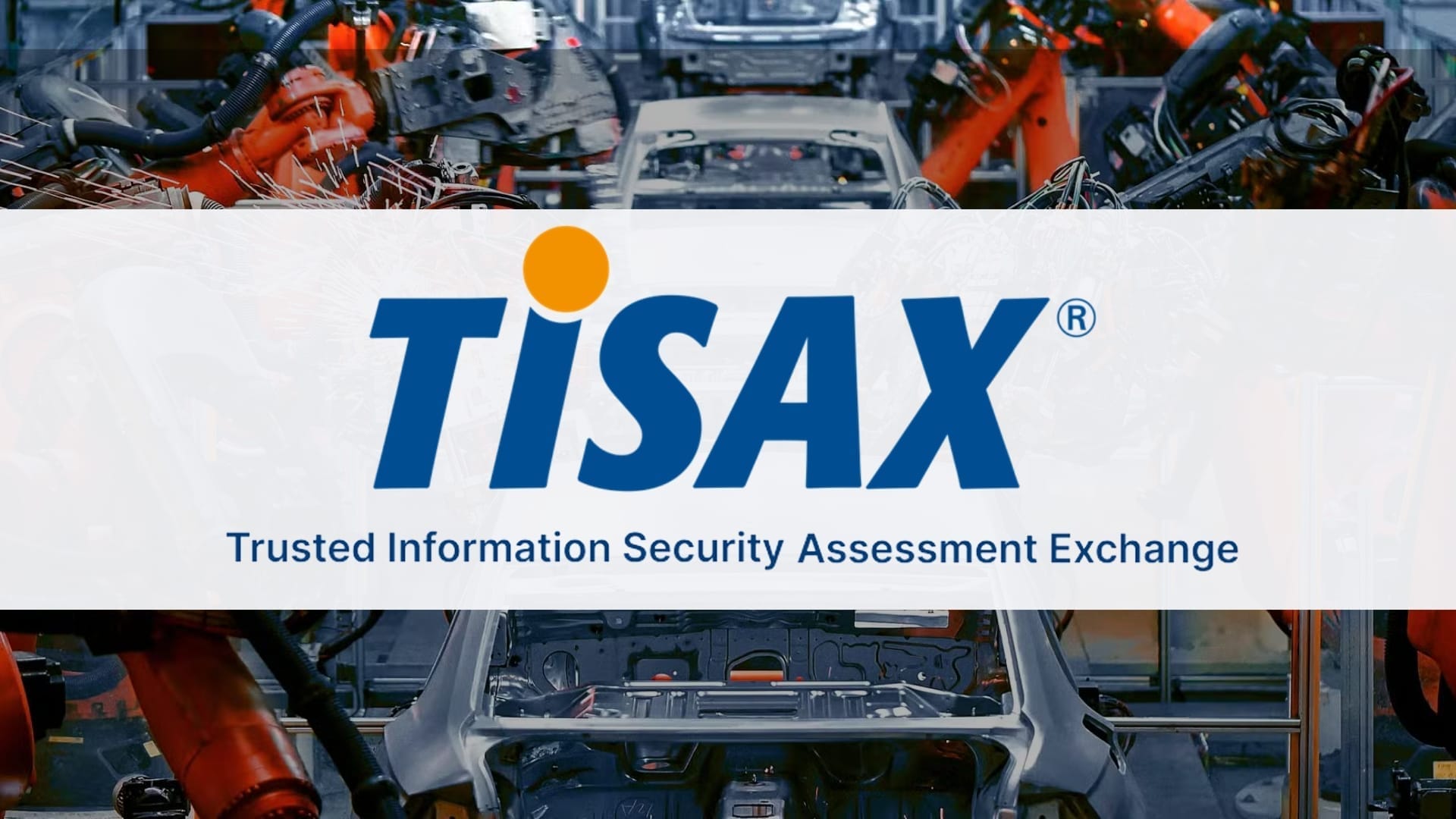
These capabilities support safer roads while optimizing signal timing based on actual usage patterns rather than estimates or historical averages.
Enhancing Urban Mobility in Smart City Environments
Smart city initiatives rely on robust data collection to address congestion challenges and improve quality of life. Integrating LiDAR into urban mobility strategies allows municipalities to gain deeper insights into how people move through public spaces.
With high-resolution spatial data from multiple vantage points:
- Planners can redesign intersections where bottlenecks frequently occur
- Public transit agencies receive actionable feedback about bus stop utilization
- Emergency services benefit from faster response times thanks to dynamic routing information
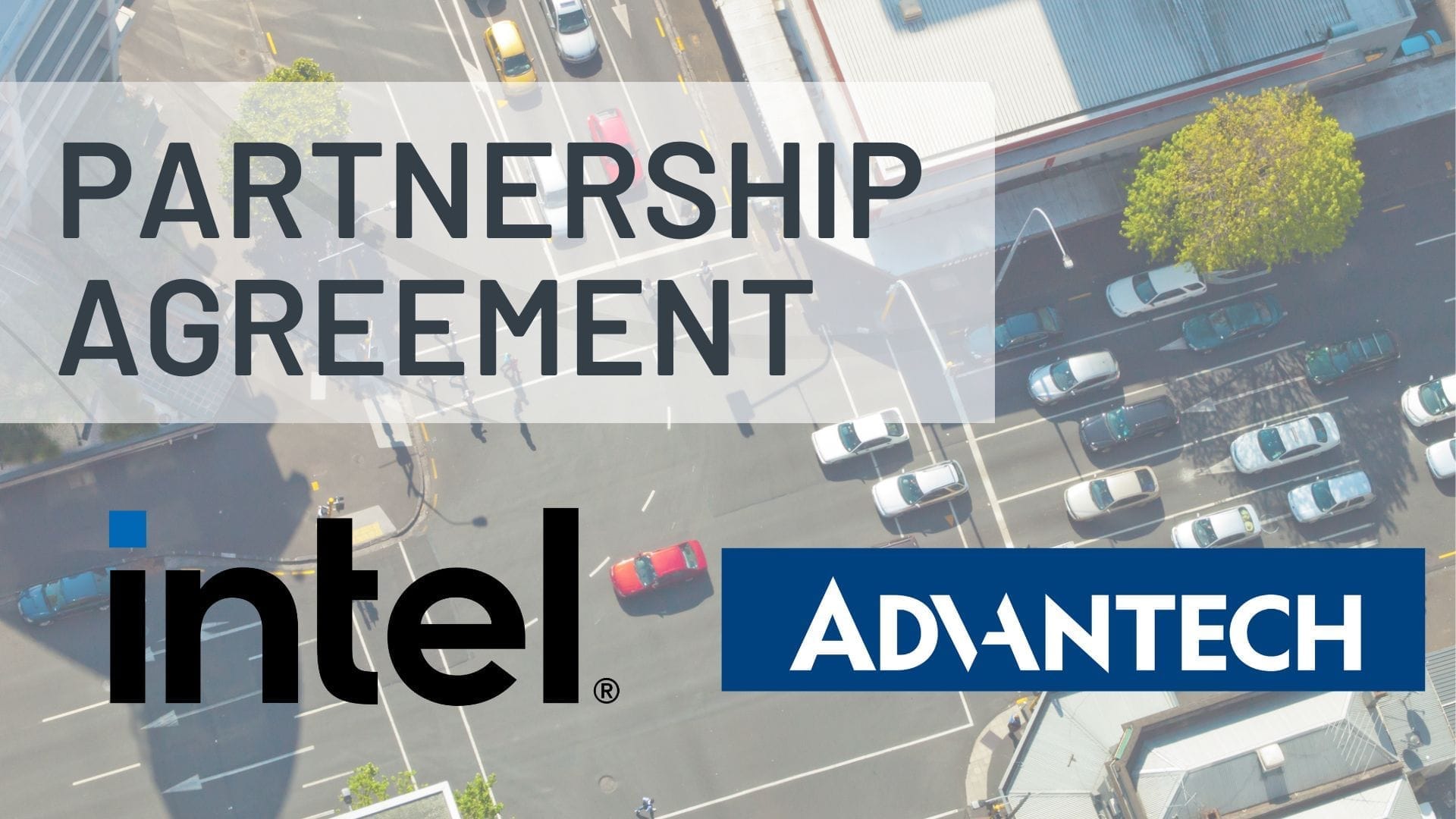
The combination of reliable detection accuracy and comprehensive coverage makes LiDAR an essential component for any smart city aiming to modernize its transportation ecosystem.
Real-Time Traffic Monitoring and Analysis
Effective traffic management depends on timely awareness of changing road conditions. Traditional loop detectors or video analytics often struggle with occlusions or variable lighting; however, the real-time 3D capability offered by advanced solutions like ours at Outsight addresses these limitations directly (https://www.outsight.ai).
Key benefits enabled by real-time monitoring include:
- Immediate identification of stalled vehicles blocking lanes
- Adaptive signal control informed by live vehicle counts
- Proactive alerts when abnormal patterns suggest potential hazards
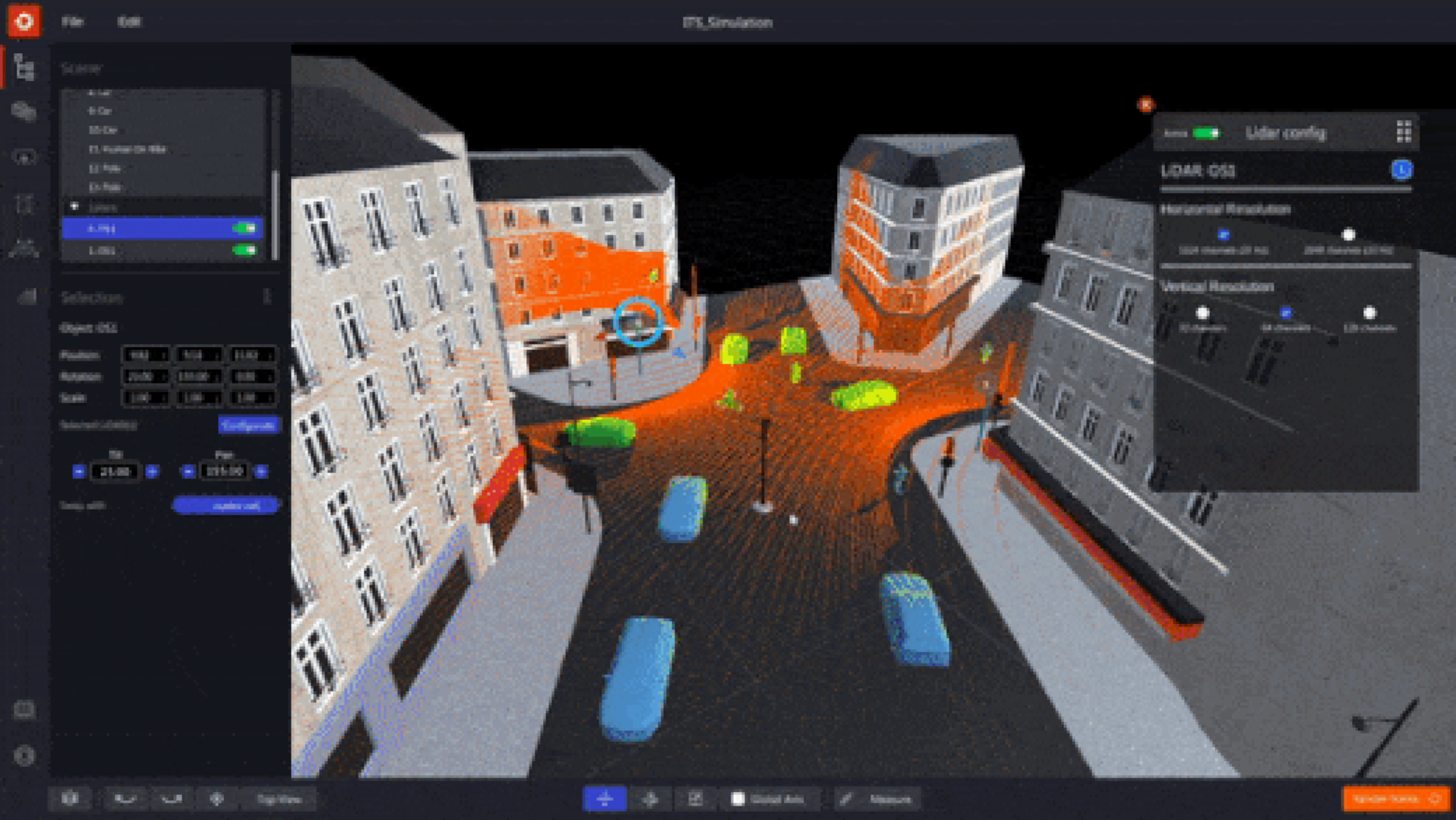
By leveraging Spatial Intelligence powered by robust hardware deployments across corridors and intersections, cities can react quickly while maintaining efficient operations throughout peak periods.
Spatial Intelligence: Unlocking New Insights for ITS
Spatial Intelligence goes beyond simple object detection—it provides context-aware understanding that helps authorities make informed decisions about infrastructure investments.
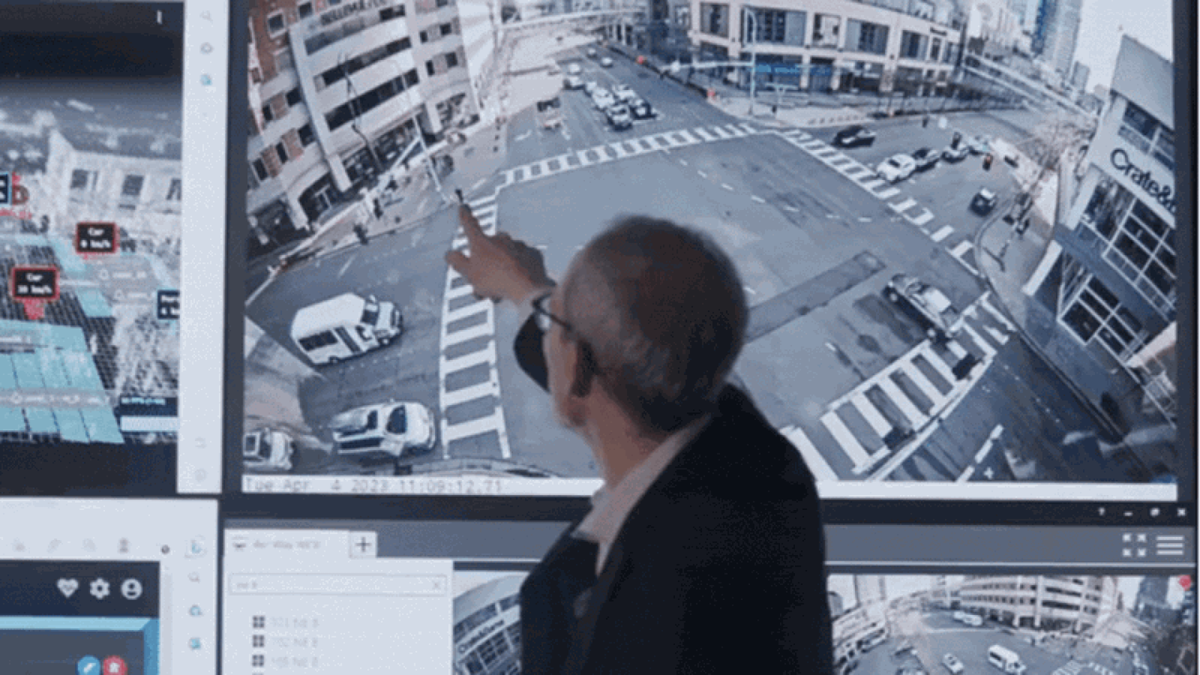
This level of insight empowers teams working on:
- Long-term planning projects targeting vulnerable road users
- Evaluating pilot programs before scaling up investments citywide
- Measuring the impact of policy changes (e.g., speed limit reductions) using objective metrics
As more agencies adopt advanced analytics tools built around high-fidelity sensor inputs like those from our solutions at Outsight, collaboration between departments becomes easier—and outcomes become measurable instead of anecdotal alone.
Conclusion: The Future of ITS with LiDAR Innovation
The integration of accurate sensing technologies is reshaping what’s possible within Intelligent Transportation Systems worldwide.
By adopting reliable tools such as those provided by our team at Outsight—recognized globally for leadership in this field—cities are positioned not only to solve today’s challenges but also anticipate tomorrow’s needs through ongoing innovation.
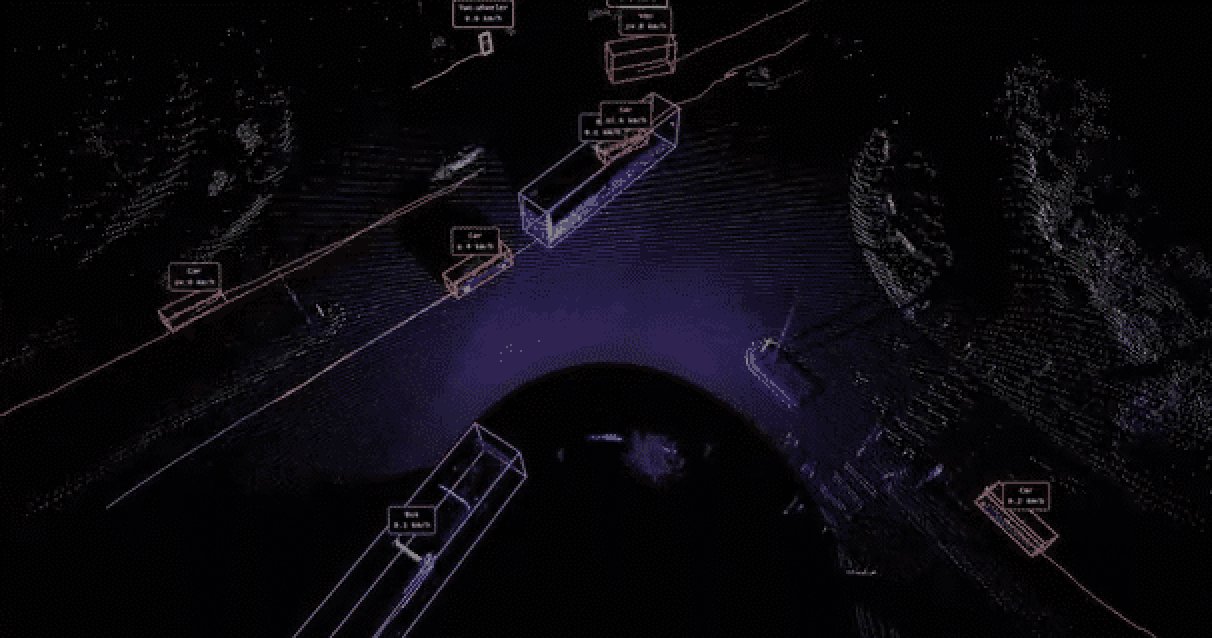
As demand grows for scalable solutions supporting safe mobility across diverse environments—from busy downtown cores to suburban arterials—the role played by precise technologies like LiDAR will only expand further within every smart city vision moving forward.




